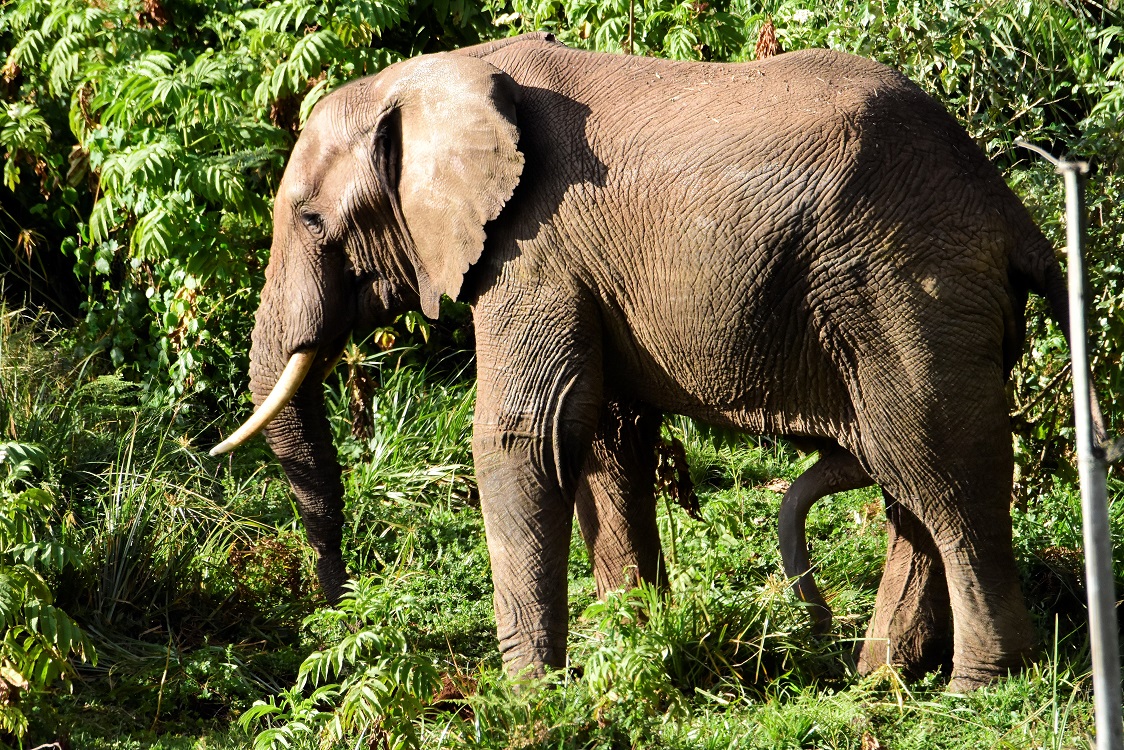
By Joyce Chimbi – j.chimbi@gmail.com
Kenya’s large and unique diversity of ecological zones and habitats including lowland and mountain forests, wooded and open grasslands, semi-arid scrubland, dry woodlands and inland aquatic as well as coastal and marine ecosystems have made the East African nation a hub for tourism.
The country’s economy is heavily dependent on two sectors namely tourism and agriculture but both are highly vulnerable to climate change.
“Forests are the backbone of Kenya’s economy through agriculture and tourism sectors. Wetlands are crucial to Kenya’s economy in terms of agriculture, tourism, livestock production, energy production through hydroelectric developments and fisheries and tourism. Tourism-related revenues increased by 83 per cent in 2022 compared to 2021,” says Agnes Muchina, a Rift Valley based consultant, researcher and expert in Biodiversity.
Speaking on the sidelines of the Africa Climate Summit, she said Kenya’s freshwater and saline ecosystems cover about 8 per cent of the country’s surface area and “are a sight to behold”.
She added: “These are key and highly significant areas of biodiversity, food production, hydrological stability, mineral cycling and socioeconomic development. They are central to tourism because the freshwater and saline lakes and wetlands form a migratory route for thousands of birds. Birds are very important to our biodiversity and tourism.”
John Nchoko, an indigenous community delegate said everyone has a role to play in protecting Kenya’s rich biodiversity. He is a member of the Narok Dance Troupe and went to the Summit as a delegate. He says the group uses traditional songs and dance to sensitise communities on climate change and that efforts are underway to salvage, restore and preserve Enoosupukia Forest in Narok County.
As thousands gathered in Nairobi for the Summit with African Union summoning its leaders to solely discuss climate change under the theme “Driving Green Growth and Climate Finance Solutions for Africa and the World”, biodiversity was considered a pressing issue. Africa’s Heads of State and Government unveiled the ‘Nairobi Declaration’ at the end of the three-day event.
The declaration recognised the importance of the ocean in climate action, reversing biodiversity loss and achieving sustainable development of Africa and other countries globally. Also in focus were commitments made on ocean sustainability in multiple fora such as the Second UN Oceans Conference in 2022, the African Union Agenda 2063 and UN Agenda 2030 in COP26 and COP27 and most recently, the Moroni Declaration for Ocean and Climate Action in Africa.
The Nairobi Declaration enables political leadership own an African vision that simultaneously pursues climate change and development agenda. As climate change pushes an already fragile continent between a rock and a hard place, Africa’s leaders called for immediate action.
Included in the declaration was an acknowledgement of the 6th Assessment Report (AR6) of the Intergovernmental Panel on Climate Change (IPCC) 2023 which stated that the world is not on track in keeping the 1.5°C warming limit within reach.
“The report is particularly important because it highlights the interdependence of climate, ecosystems and biodiversity and human societies – the value of diverse forms of knowledge and the close linkages between climate adaptation, mitigation, ecosystem, health, human well-being and sustainable development,” James Njuguna from Kenya’s Ministry of Environment, Water and Natural Resources said.
According to the report, widespread and rapid changes in the “atmosphere, ocean, cryosphere and biosphere have occurred. Human-caused climate change is already causing many weather and climate extremes globally. This has led to widespread adverse impacts and related loss and damage to nature and people. Vulnerable communities who have historically contributed the least to current climate change are disproportionately affected,” he said.
To push the continent’s climate agenda forward, the Declaration identifies a number of collective actions needed to halt the speed of the ongoing climate and biodiversity crisis and to build climate resilience. African leaders urged the global community to act with speed in reducing emissions and honoring the commitment to provide $100 billion in annual climate finance.
The Nairobi declaration emphasizes thus: “Africa possesses both the potential and the ambition to be a vital component of the global solution to climate change. It is home to the world’s youngest and fastest-growing workforce coupled with massive untapped renewable energy potential, abundant natural assets and entrepreneurial spirit. Our continent has the fundamentals to pioneer a climate-positive pathway as a thriving, cost-competitive industrial hub with the capacity to support other regions in achieving their net zero ambitions.”
Africa’s role as one of the largest carbon sinks through the Congo Forest and peatland, as well as the potential in the continent’s savanna grasslands, mangroves, swamps, coral reefs and marine reserves were also acknowledged with emphasis on progress made by African countries in promoting land and ecosystem restoration through various initiatives and programmes.

Leave A Comment